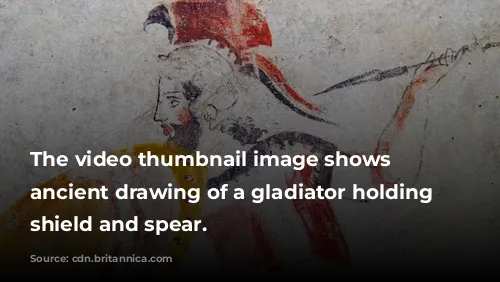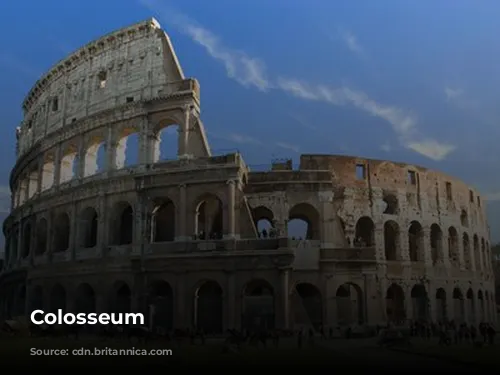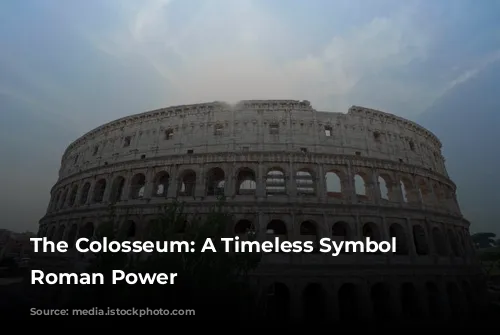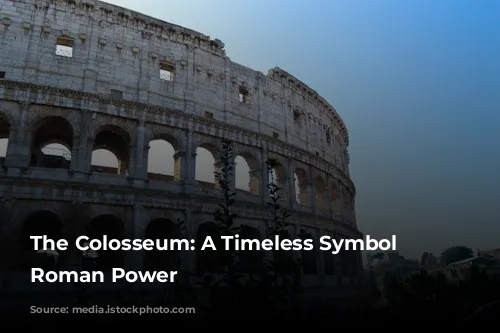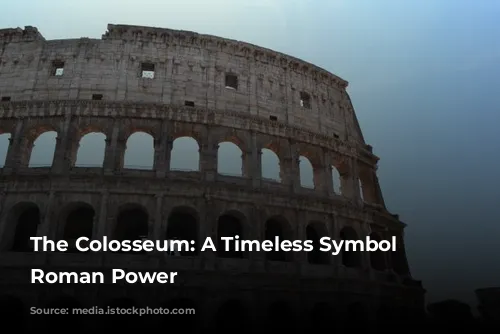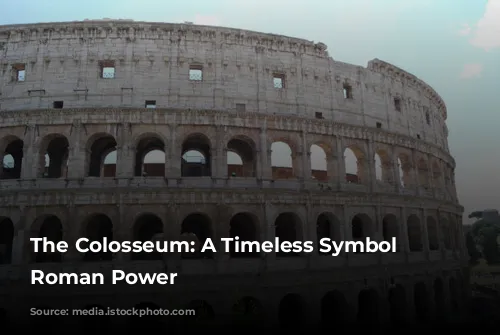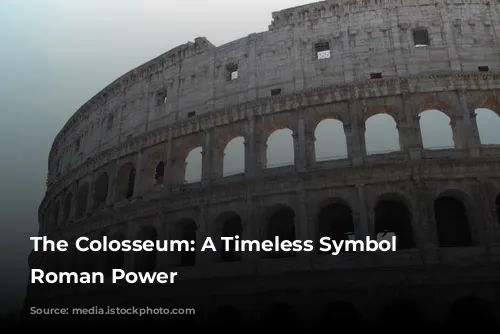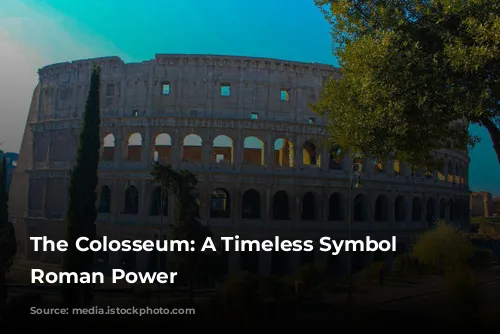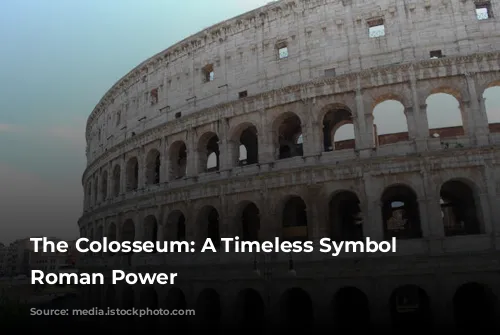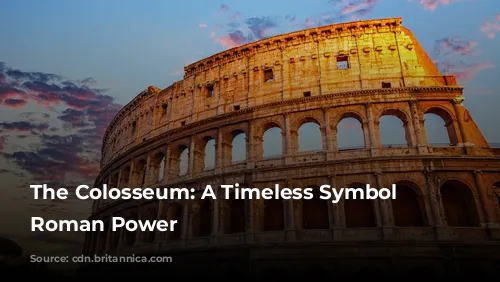The Colosseum is a colossal amphitheater in Rome that stands as a powerful reminder of the Roman Empire’s grandeur. It’s not only a breathtaking testament to Roman engineering but also a significant source of income for the Italian government. In 2018, the Colosseum, along with the Roman Forum and Palatine Hill, generated over $63.3 million (€53.8 million), making it the top tourist attraction in Italy.
This iconic structure has endured through centuries, witnessing both the height of Roman glory and periods of neglect and destruction. After the fall of the Western Roman Empire, the Colosseum fell into disrepair. In the 12th century, it was even used as a fortress by powerful families like the Frangipane and Annibaldi. The Colosseum’s fate took a turn for the worse in the late 15th century when Pope Alexander VI allowed it to be used as a quarry, stripping it of its precious materials. It was only in the 1990s that a concerted effort to restore this magnificent monument was undertaken, thanks to state-funded restoration projects.
A Monument Built on Imperial Ambition
The Colosseum’s construction was a direct consequence of the Roman Empire’s desire to revitalize Rome after the tumultuous year of the four emperors in 69 CE. Emperor Vespasian, like his predecessors, recognized the need for public entertainment to appease the people. The Colosseum, envisioned as a grand entertainment venue, was intended to host gladiatorial contests, animal hunts, and even mock naval battles, offering the Romans a glimpse into the world of their emperors.
Construction began in 70 CE under Vespasian and was completed in 80 CE under his son and successor, Titus. The Colosseum was dedicated in a grand ceremony that lasted 100 days, showcasing its awe-inspiring grandeur. Further additions, including the fourth story, were made by Emperor Domitian in 82 CE. It’s important to note that the Colosseum’s construction was financed using the spoils from Titus’s conquest of Jerusalem in 70 CE, and many of the laborers were enslaved Jews from Judaea.
A Colossal Structure with an Epic History
The Colosseum is an impressive oval structure built with stone, concrete, and tuff. It stands four stories tall at its highest point, measuring 620 by 513 feet (189 by 156 meters). This immense amphitheater could accommodate up to 50,000 spectators, providing them with a front-row seat to gladiatorial combats, one of the most popular forms of entertainment in ancient Rome.
Located just east of Palatine Hill, on the grounds of Nero’s Golden House, the Colosseum replaced the artificial lake that was the centerpiece of that opulent palace complex. Vespasian’s decision to replace Nero’s private pleasure with a public amphitheater was a deliberate choice, symbolizing his commitment to the people and his desire to build a legacy that would outlast the excesses of his predecessors.
Engineering Marvels and Spectacle
The Colosseum was a marvel of engineering, standing as a freestanding structure of stone and concrete, a significant departure from earlier amphitheaters which were often built into hillsides for additional support. The architects employed an intricate system of barrel vaults and groin vaults to create the structure’s sturdy foundation. The three lower stories were adorned with arcades framed by engaged columns, following the Doric, Ionic, and Corinthian orders, a design principle that would later inspire the Renaissance period. The Colosseum’s facade was constructed with travertine, while volcanic tufa was used for the secondary walls, and the inner bowl and the arcade vaults were made of concrete.
The Colosseum was equipped with a massive retractable awning known as the velarium, which protected spectators from the sun. The awning was supported by masts that extended from corbels built into the attic story, and hundreds of Roman sailors were responsible for manipulating the rigging that raised and lowered the velarium. The Colosseum was the stage for thousands of gladiatorial battles, animal hunts, and even mock naval engagements, providing its audiences with a spectacle unlike anything they had ever seen before.
A Lasting Legacy
Despite its grandeur, the Colosseum eventually fell into disrepair, its once-gleaming marble seats and decorative materials stripped away, turning it into a quarry for centuries. The Colosseum was damaged by natural disasters like lightning and earthquakes, but also by vandalism and pollution. Its fate was reversed in the 19th century with the beginning of preservation efforts, followed by significant restoration projects in the 1990s.
Today, the Colosseum stands as one of the most popular tourist destinations in Rome, drawing millions of visitors annually. It remains a symbol of Roman power and ingenuity, showcasing the Roman Empire’s architectural and engineering prowess. The Colosseum is a testament to the enduring legacy of the Roman Empire, a timeless reminder of its triumphs and struggles, and a window into the past that continues to inspire awe and wonder.
